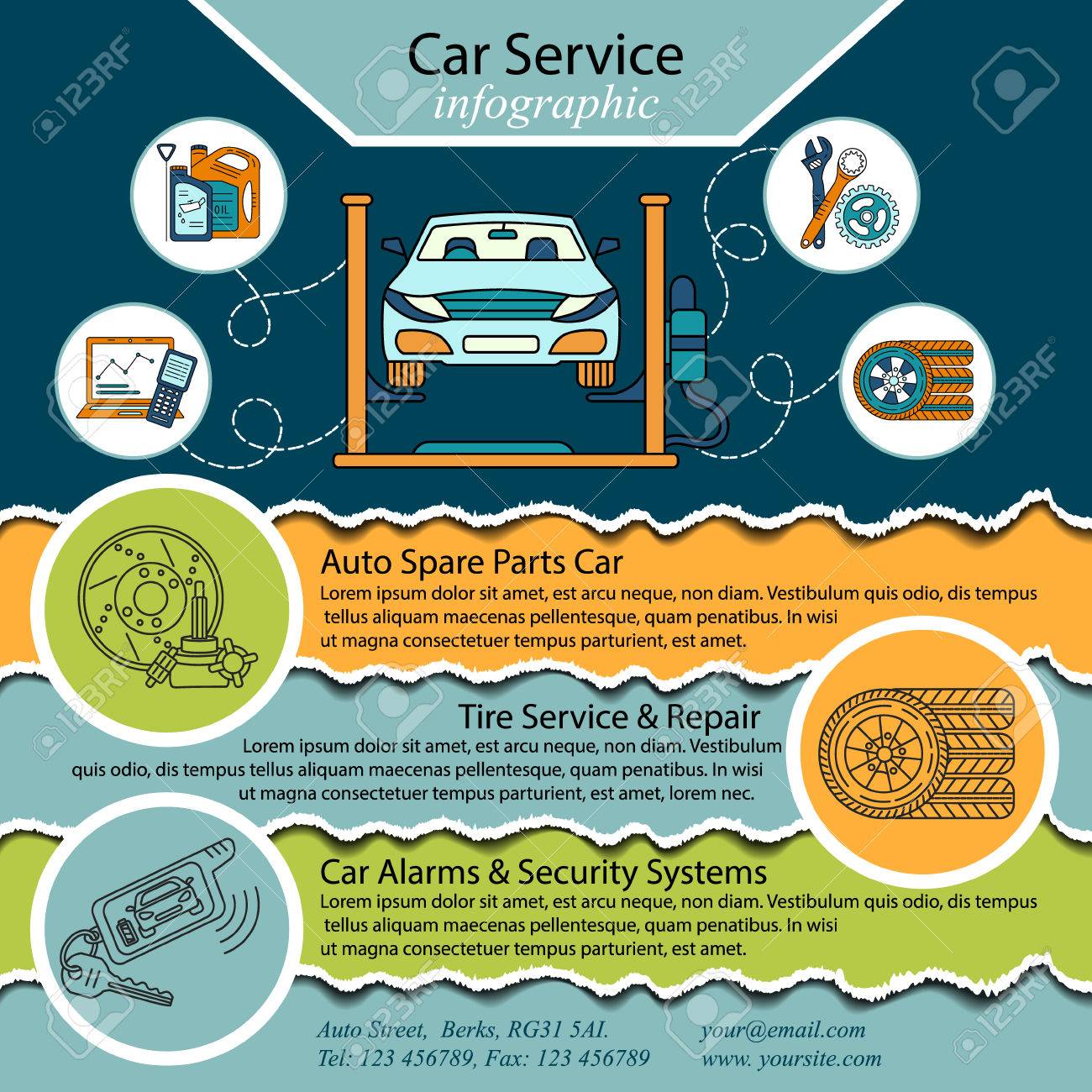When you're behind the wheel, those beautiful caution lights on your dashboard can be a little bit bewildering. Do you know what they're trying to inform you about your vehicle's health and wellness? Recognizing the relevance of these lights is essential for your security and the durability of your lorry. So, valet car cleaning following time among those lights turns up, would not you wish to decipher its message precisely and take the necessary actions to resolve it?
Common Caution Lights and Interpretations
Recognize typical caution lights in your cars and truck and understand their definitions to make certain safe driving.
The most typical warning lights include the check engine light, which signals concerns with the engine or discharges system. If this light comes on, it's important to have your automobile examined quickly.
The oil pressure cautioning light indicates reduced oil stress, calling for prompt interest to stop engine damages.
A blinking battery light could recommend a defective charging system, potentially leaving you stranded if not attended to.
The tire stress tracking system (TPMS) light signals you to reduced tire stress, impacting car stability and fuel performance. Overlooking this could bring about risky driving problems.
The abdominal muscle light shows a trouble with the anti-lock stopping system, compromising your capability to stop quickly in emergency situations.
Finally, the coolant temperature level alerting light warns of engine overheating, which can cause severe damages otherwise solved swiftly.
Comprehending these common caution lights will certainly help you resolve issues quickly and preserve secure driving conditions.
Significance of Prompt Focus
Recognizing the common caution lights in your automobile is just the first step; the importance of quickly attending to these warnings can't be emphasized sufficient to ensure your safety and security when driving.
When a warning light brightens on your dashboard, it's your cars and truck's way of interacting a prospective concern that requires focus. Neglecting these warnings can cause much more extreme problems later on, endangering your security and possibly costing you much more out of commission.
Motivate interest to cautioning lights can protect against break downs and accidents. For instance, a blinking check engine light could show a misfire that, if left ignored, can cause damages to the catalytic converter. Addressing this promptly can save you from a costly fixing.
In a similar way, a brake system advising light might indicate low brake liquid or used brake pads, important elements for your safety when driving.
DIY Troubleshooting Tips
If you see a caution light on your control panel, there are a few DIY troubleshooting pointers you can try before looking for expert aid.
https://car-ecu-tuning95062.webdesign96.com/31798985/master-the-art-of-choosing-the-best-vehicle-service-center-with-these-top-10-suggestions is to consult your vehicle's guidebook to understand what the specific caution light indicates. In some cases the problem can be as simple as a loose gas cap setting off the check engine light. Tightening up the gas cap may solve the trouble.
An additional typical concern is a low battery, which can set off different alerting lights. Examining the battery connections for rust and ensuring they're secure could deal with the issue.
If a warning light lingers, you can try resetting it by disconnecting the cars and truck's battery for a few mins and then reconnecting it. Additionally, examining your automobile's liquid levels, such as oil, coolant, and brake liquid, can assist troubleshoot cautioning lights associated with these systems.
Conclusion
To conclude, recognizing your car's warning lights is essential for keeping your lorry running efficiently and safely. By without delay attending to these alerts and recognizing what they imply, you can avoid expensive repairs and possible breakdowns.
Bear in mind to consult your cars and truck's handbook for specific details on each alerting light and take action appropriately to make sure a trouble-free driving experience.
Remain informed, remain risk-free when driving!
